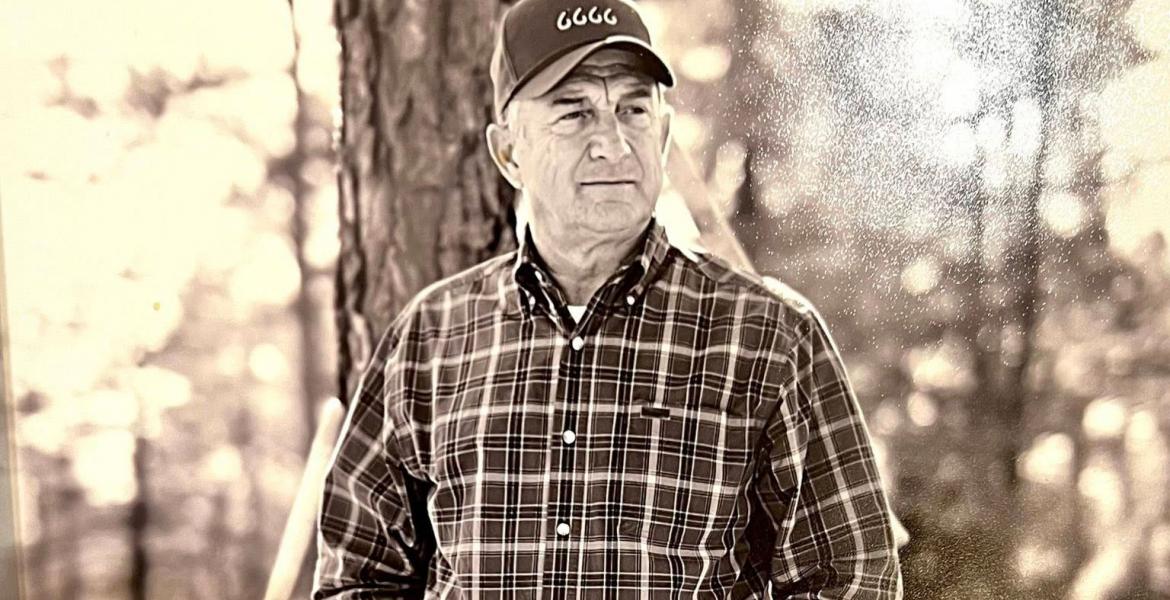One of the most intriguing periods in the history of filmmaking arrived by way of the movement known as Nouvelle Vague (or New Wave) in the late 1950s. Made up mostly of young French film enthusiasts and critics turned writers and directors, these budding visionaries sought out ways to break away from the "tyranny of narrative" and traditional formulas of cinematography. An emphasis was placed on a filmmaker's ability to express rather than impress, with a belief that their films should bear stamps of personal authorship in their work. In viewing their creations, the moviegoer experienced the world through the eyes of the artist.
French New Wave was an experimental craft, most of all. The realism in the documentary style of cinema verite, with its handheld cameras, long takes and tracking shots, would lend a sense of real time and/or various points of view. Direct sound often took the place of overdubbed recordings, and dialogue was frequently improvised and delivered spontaneously for a more organic, true to life feel.
Favored techniques commonly employed by directors were occasional voiceover inserts by the film's characters, narrating a particular scene, or momentarily addressing audiences directly, in what is has become known as "breaking the fourth wall".
In direct contrast to the long take, the visual discontinuity of the "jump cut" method was also popular. This was used to highlight a character's anticipation, a lengthy passage of time, or to imply a sense of urgency and suspense to the audience.
The New Wave methodology would transform the movie goer's experience from one of complacent viewing to active participation, creating not only a visually stimulating spectacle, but unique and atypical relationships between the film and the viewer. The films challenged sensibilities, stirred emotions and elicited introspection, as any works of art should.
Among my personal favorite French New Wave films, is Agnes Varda's “Cleo From 5 to 7”.
“Cleo From 5 to 7” is the story of a young, aspiring Pop singer, Florence "Cleo" Victoire (played by Corinne Marchand), who is eagerly awaiting medical test results between the hours of 5 and 7 p.m. and dreading a possible diagnosis of cancer.
Vain and extremely self-centered, Cleo's fear of mortality is only overshadowed by her consuming fears of disfigurement and deteriorating beauty. Later in the film she casually tells a friend she'd actually prefer the cancer be inside her stomach because no one can see it there.
As the countdown to her moment of truth begins, Cleo looks into a mirror and consoles herself, *”Wait, pretty butterfly. Ugliness is a kind of death. As long as I'm beautiful, I'm even more alive than the others."
In the first half of her 90-minute trek, we're introduced to a handful of characters in Cleo's life: her superstitious personal assistant, her doting, yet shallow lover, her songwriters and her close girlfriend. Along with the fawning strangers and seas of Parisian pedestrians which literally part as she walks among the crowd, all seem to enable her superficiality and arrogance.
In one of her more capricious and temperamental moments, Cleo appears to become even too much for herself to handle, *"Everyone spoils me...nobody loves me!", she exclaims in the middle of a rehearsal. In a poetic gesture of mourning, the irreproachable diva puts on a black dress, pulls off her blonde wig and hastily storms out into the streets, as "Florence,” as herself.
At this point of the film, Varda's exquisite cinematography really begins to shine, with hints of her expertise as a photojournalist and documentarian as well.
One can't help but note that along with Cleo/Florence, Paris itself is a character in the film, captured superbly and complimented with Varda's manipulation of movement, space and light. The juxtaposition of the ever present mirrors and clocks within the scenes remind us of Cleo's self absorption, as well as the symbolism of time: a brazen vehicle moving us all forward, irrespective of our destinations, for better or worse.
As Florence wanders around Paris, she notices street performers, one whose talents consist of swallowing frogs and then regurgitating them, another pierces his bicep with a skewer. The performers clearly fancy themselves "artists", though Florence is entirely repulsed. Could others possibly consider her artistic output to be just as vulgar?
Moments later, Florence walks into a cafe, selects one of her songs on the jukebox and glances at various customers to guage their reactions. Some are engaged in conversation, others are having their meals, one woman seems to notice, but simply complains to her partner that she can't seem to think with "that noise".
Possibly, for the first time in her life, Florence realizes that the world is not particularly concerned with coddling her, showering her with praise or even enquiring about her well being. Most are oblivious to her presence and to her dismay, some even appear to be annoyed with her. Furthermore, Florence is constantly reminded that life is happening all around her: the Algerian war is in its last years, Kennedy is in talks with Kruschev, and singer Edith Piaf has just survived yet another bout with illness. Who knew there was a world beyond Cleo?
These sequences of subjective viewpoints help us to understand Florence's (or Cleo's) narcissism, an ailment which has been just as detrimental to her well being as any physical malady she might suffer. She gains clarity and awareness of how others may see her, and in turn how she may begin to see herself. She learns that her existence is one of many others in an indifferent world, which will surely go on with or without her.
In addition, the comparison of outer beauty vs. inner beauty is implied. Is it possible that in some cases, either may be dependent on the other, or can they both exist as singular traits, sufficient unto themselves?
Later, by chance, she meets a young, chatty soldier at a park, who despite being called back to war, apparently cannot help but beam with optimism. He doesn't know who she is, and it's probably for the best. He makes her laugh, takes her outside of herself, and even if only for a minute, serves as a much needed distraction. They're two people with uncertain futures, but for the time being during their brief interaction, allow themselves to contentedly exist in the moment. And maybe that's the best that any of us can do.
One of the greatest scenes in this film is a 45-second, close-up/long shot of Florence and her new soldier friend on a trolly, destined for the hospital. A multitude of emotions overcome Florence, though only expressed through her eyes. We see looks of serenity, happiness, then concern and anxiousness, followed by a mixture of the aforementioned until her thoughts are interrupted with the trolly's arrival to the time and place she's been anticipating, since 5 o'clock.
This film, as many works within French New Wave, is an exercise in philosophy and reflection. It exposes the inconvenient truths of traits such as insecurity and illusory egoism, while exploring the backlash of these traits through the eyes of multiple perspectives, beginning with our star, Cleo, then trickling down to her peers and contemporaries and finally, the audience.
A highlight of “Cleo From 5 to 7” for suggested viewing is a 5 minute short film featured within the movie. It's a silent comedy with cameos from renown French New Wave director Jean-Luc Godard and actress/singer Anna Karina.
Another noteworthy clip is that of Cleo delivering an emotional rendition of "Sans Toi" (Without You), with musician/composer Michel Legrand on the piano.
“Cleo From 5 to 7” is available on DVD through Criterion Collection
*quotes from “Cleo From 5 to 7”, Zenith International Film Corp./Rome-Paris Films (1962)
Subscribe to the LIVE! Daily
Required






Post a comment to this article here: